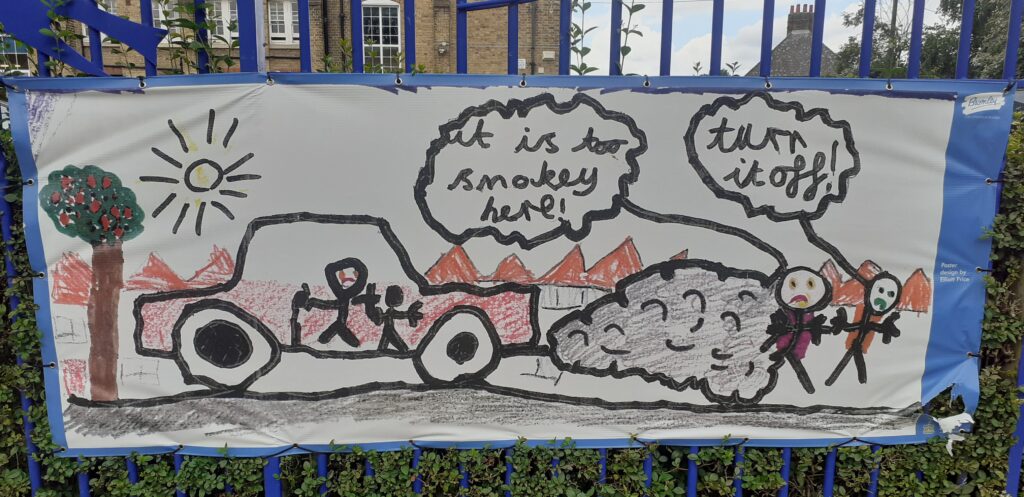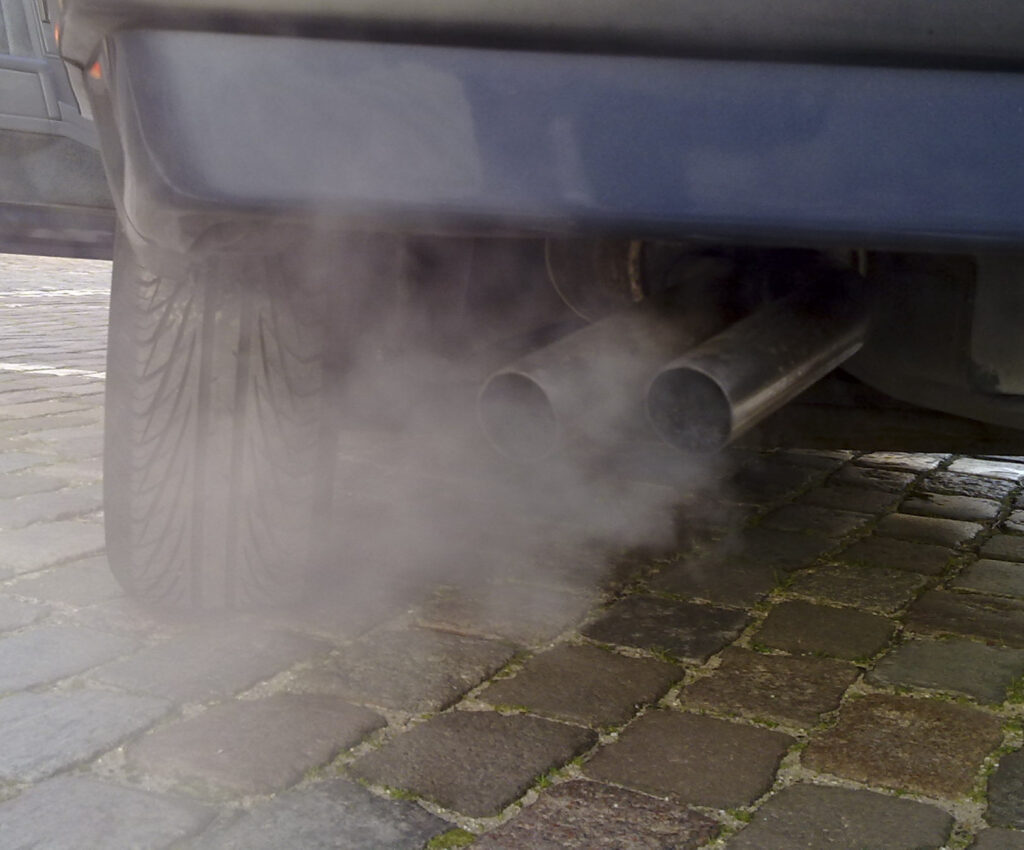
As summer term 2021 draws to an end, we at Bromley Living Streets have been reflecting on the last school year. What improvements have we seen in Bromley since September that are enabling children to safely actively travel to school and where is there need for so much more to be done?
Continue reading “School’s out”